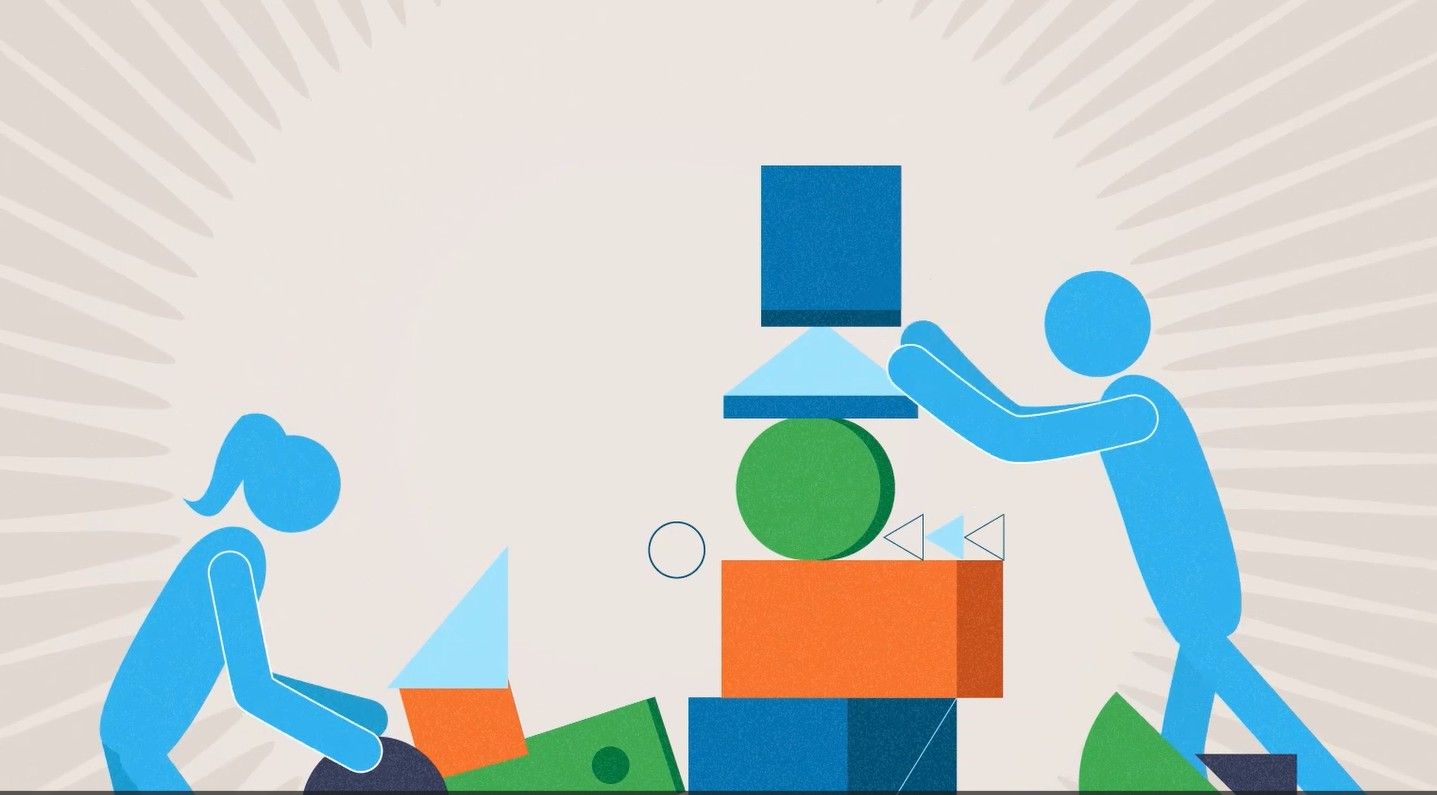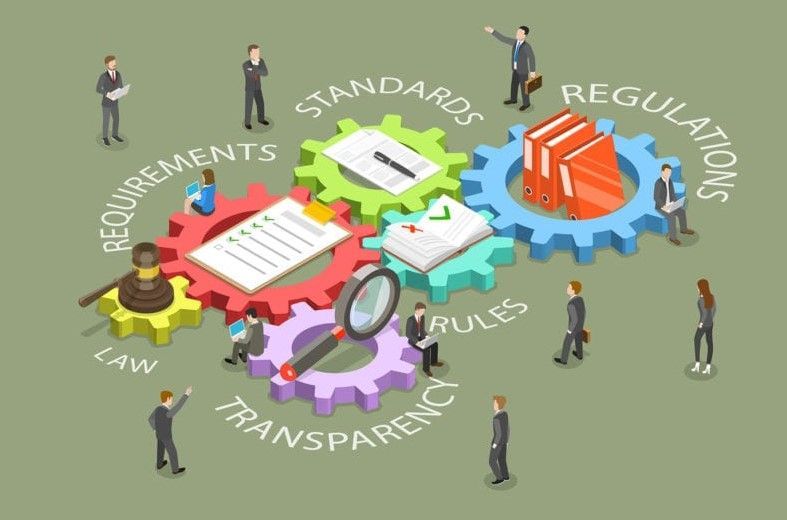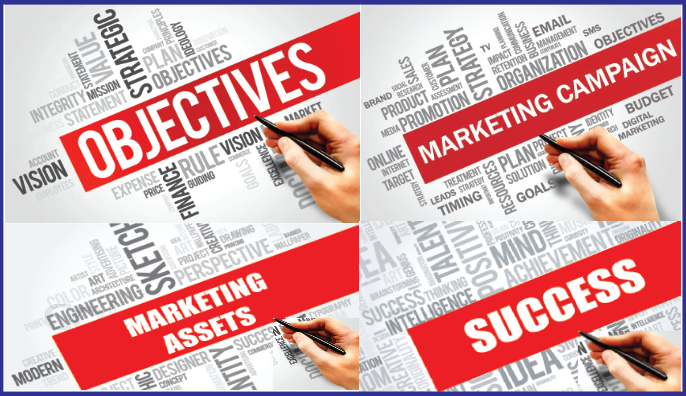25 Years and Counting: Part 2
June 17, 2025
Last month, we introduced you to the many and varied companies we’ve been fortunate enough to serve. This month, as promised, here are some insights in how we work with them successfully, how they work with us, and how you can do the same.
Why do we celebrate our clients? How do we help each other to be the best we can be? Here are five reasons.
Reason #1: They bring out the best in us. Our effort will always be 100%—diligent, creative, and enthusiastic. But in any business, those qualities, while required to achieve success, aren’t necessarily sufficient. Our “getting to know you” processes are thorough and geared to finding useful information clients might not think to provide us. Through structured discovery, we’ve found that our clients provide ideas and details that spark new ways of thinking about their business specifically. Our clients allow us to learn a lot about their companies so that our 100% pays off more than it might otherwise.
Takeaway #1: Help your customers bring out the best in you: Always be curious about them, their business, and their industry—not only before the sale, but also while you’re doing the work and after you’ve completed it. The more you know the more likely you will be to identify problems they have that you can solve—or that another company you know can solve. (See “Getting to Know You” below.)
Reason #2: They understand what we bring to the table. At a surface level, it’s not hard to understand that we help increase a company or organization’s revenues in three ways:
| • | Consultative sales training and customized sales process development |
| • | Lead generation and appointment setting |
| • | Marketing and marketing communications. |
It’s a little harder to understand that, even if we’re engaged only for one area, we apply our knowledge and experience from the other areas as well. We know how to make all three work together, even if the engagement doesn’t specifically include all three.
Example: “Let Your Freak Flag Fly.” Our approach to selling and marketing is to help our clients be more “customer-centric.” A healthcare firm client we had helped to build a customized sales process and lead-generation program asked us to update its website. We saw that competitor sites were all fairly similar—blue color, stock photos of smiling people in medical settings, and “seller-centric” copy that touted their products, awards, and name clients. None of that is wrong, per se. But the sites didn’t really communicate their unique value or differentiation. In fact, their similarity no doubt left visitors with the impression that their services were commodities. We proposed a counterintuitive idea to clearly show our client’s differentiated value. Management OK’d the approach because they understood how we worked and what we could deliver. The result was a redesigned Website using a red color scheme (not blue); contemporary artwork (not photos), and copy that asked visitors about their needs instead of telling them only about our client’s services. Three weeks after the site’s launch, the CEO called us with a report: “We’ve never had as much traffic or interest in our work as we do now-including phone calls.”
Takeaway #2: Help your customers understand your unique capabilities and value not only through performance but also through explanation: Why does what you’re doing work so well? What other, less obvious, benefits does it provide? That understanding smooths the way to other work.
Reason #3: They help us “pay it forward.” In other words, in part because our processes enable us to understand in-depth what our clients are all about, we are better able to spot opportunities for them to do business with other companies, both clients and non-clients. Even better is that we actively look for those opportunities.
Other opportunities come from spotting problems our clients can solve as we network. We usually know our clients so well that we can recommend them without hesitation. And, at this point, after 25 years in business, we are often able to offer two or three possible matches, which provides options to both sides. It’s also not unusual for us to introduce businesses with potentially complementary services to each other.
Example: “Getting to Know You.” An engineering firm we were training in consultative selling had extra capacity. One of our manufacturing clients—a Tier 2 provider to a large auto manufacturer—was struggling to meet new requirements. In addition to manufacturing specified parts, the auto company was also asking for engineering services. That could mean an entirely new business model for our manufacturing client. We got them together. (See Takeaway #1 for how we knew what each side needed.)
Takeaway #3: Keep your eyes open for ways to help your customers in addition to what your products or services offer. Think intentionally about how what they do can help your other customers, prospects, or networking contacts.
Reason #4: They pay attention and ask questions. If our clients don’t understand some advice we’re providing, we talk it out with them. We answer their questions and they answer ours. We usually learn something that either brings them around to our point of view or us to theirs. After all, they do know more about their customers and markets than we do. However, we know what questions to ask and rationale to apply to customize our services and increase their value. The point here is that each side has something to offer and can learn from the other side. It’s an exchange of value.
Our clients know their customers. We know how to help them know their customers even better—and we know our business—selling and marketing. When a client comes to us for help in lead generation, for instance, they will sometimes ask to see the scripts we’ll be using for telemarketing. They’re often surprised to hear that we don’t use scripts. The reason is that, while scripts might work for some kinds of telemarketing, especially small-ticket, consumer items, they don’t work nearly so well for big-ticket, high-risk purchases. Our telemarketers aren’t trying to send a message; they’re trying to find a match, and that requires a conversation.
Takeaway #4: Build trust over time by encouraging your customers to ask questions to learn more about you and your work: “Some of our customers are curious about why we do this . . .” or “You might be wondering about how this actually works . . . .”.”
Reason #5: They’re enjoyable and gratifying to work with. While “fun to work with” might be an exaggeration (though often it’s not), “enjoyable and gratifying” are not. All the other attributes our clients offer add up to making our engagements positive experiences on the personal side as well as the professional side. We never forget, however, that the cornerstone of “relationship selling” is not about building friendships. It’s first about building business relationships by providing value. Friendships are a bonus that may or may not come about after doing business together.
Takeaway #5: Be gratifying and enjoyable to work with first. The rest will often follow. How can you do that? To start with, just pay attention to how your customers like to engage with you—head down, all business, for example, or more relaxed and personable.
So, after 25 years in business, we know that our clients deserve to be celebrated and why. Are you interested in learning more about our work and how it might benefit your company or organization? Just get in touch at 312-446-0008 Ext. 1 or pkrone@productivestrategies.com. Next year, maybe we’ll be celebrating you!
The post 25 Years and Counting: Part 2 appeared first on Productive Strategies, Inc..










